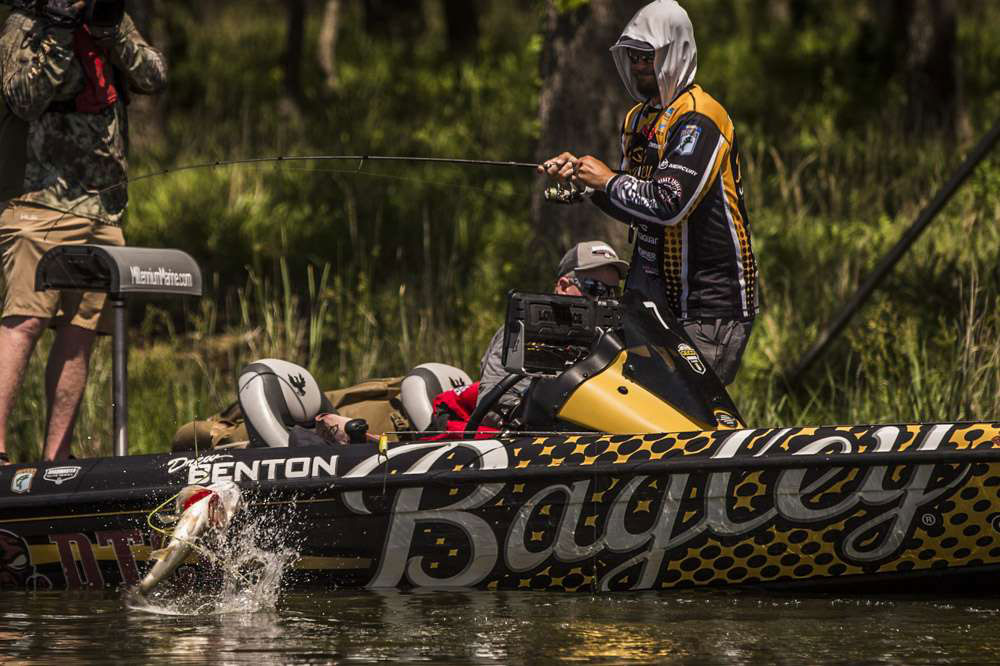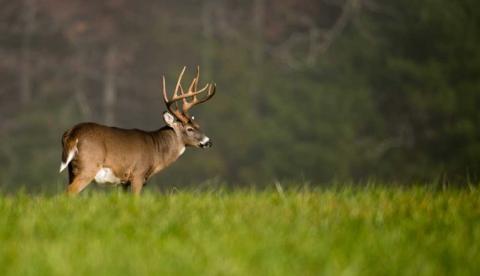provided by John Phillips
Thirty-two-year-old Mossy Oak Pro Drew Benton from Panama City, Florida, currently ranks No. 40 in the world on BassFan.com. He started tournament fishing in 2008, began fishing professionally in 2011 and has earned more than a half million dollars in his fishing career. He’s participated in the Bassmaster Elite Series for five years. To learn more, visit his Facebook page.

I believe one of the keys to consistency in bass fishing is to go and fish on the days when you may not see anyone else on the lake due to bad weather. Since bad weather plagues tournament fishermen, those are the days when you really need to spend a lot of time trying to find and catch bass when you’re not fishing a tournament. On pretty days, most everyone can locate and take bass, but on bad days, few anglers enjoy fishing.
Another key to consistency is to learn how to fish on different lakes all over the country. Every lake has a personality. The bass in that lake, most of the time, won’t be holding on the same type of structure and in the same depth of water where the bass are concentrating at your home lake. You’ve got to have fun fishing for bass and enjoy competition fishing in your blood to learn how to be consistently successful in finding and catching bass. But if you have that inner and personal drive, I believe that anyone can make it to the Bassmaster Elite Circuit.
One of the worst conditions that tournament anglers have to fish in is windy, rainy days, when the waves are 2-4 feet high in the spring and summer. Here’s why: the wind causes bait fish to start moving and pushes them into the pockets and creeks. The wind and rain also makes water move and create a current. Most bass fishermen see the rain and the wind as hindrances and factors that make their days of bass fishing uncomfortable. But, if you view the wind as your friend and the effect that it has on bait fish and bass, then you can catch bass in the rain or the wind.
If I’m looking for wind to create current for me, I’ll be searching in places where the wind creates the most current. For instance, if the wind is blowing down the lake, I’ll be fishing around bridges, culverts and points and looking for birds to be diving in pockets where the wind has pushed the bait fish into shallow water. I usually will locate bass in that same area, since they feed heavily on those big schools of bait. Under these conditions, I like to fish Bagley Bait Company’s rattlebaits like a Sunny B crankbait or chatterbaits.



























